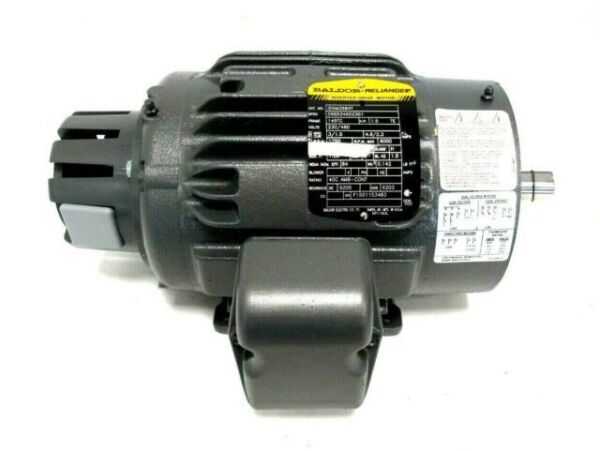- Joined
- Dec 3, 2017
- Messages
- 1,909
I've been thinking. I know that can be dangerous, but sometimes I can't help it.
Every since I got this Rockwell 21-100 milling machine I have been thinking on how to get variable speed. I can't ever see me needing any but one of the currently offered pulley configurations. I run high speed tooling mostly, and slow. So I got hung up on the fact that this motor it has, has a 5" long shaft on it. That's an expensive replacement. But really, if I just put a standard 3/4 hp 1725 rpm 3 phase C flange motor on it, with a single pulley sized for mid range speed, I'm all set. Right? The VFD will deal with the speed changes...no fuss. Correct?
I'm only asking because usually when something strikes me as simple, it just means I haven't thought it through well enough. Thanks for any replies.
Every since I got this Rockwell 21-100 milling machine I have been thinking on how to get variable speed. I can't ever see me needing any but one of the currently offered pulley configurations. I run high speed tooling mostly, and slow. So I got hung up on the fact that this motor it has, has a 5" long shaft on it. That's an expensive replacement. But really, if I just put a standard 3/4 hp 1725 rpm 3 phase C flange motor on it, with a single pulley sized for mid range speed, I'm all set. Right? The VFD will deal with the speed changes...no fuss. Correct?
I'm only asking because usually when something strikes me as simple, it just means I haven't thought it through well enough. Thanks for any replies.



